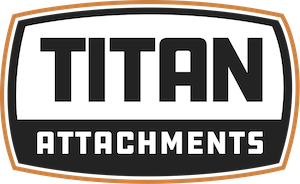Kick off the year with New Years savings, up to 65% off.
Shop Now
⚡️ Deal Of The Week: 25% Off The
Extreme Duty Stump Bucket Grapple
💻 Get custom quotes and tailored pricing—connect with our team today.
Request Your Quote
